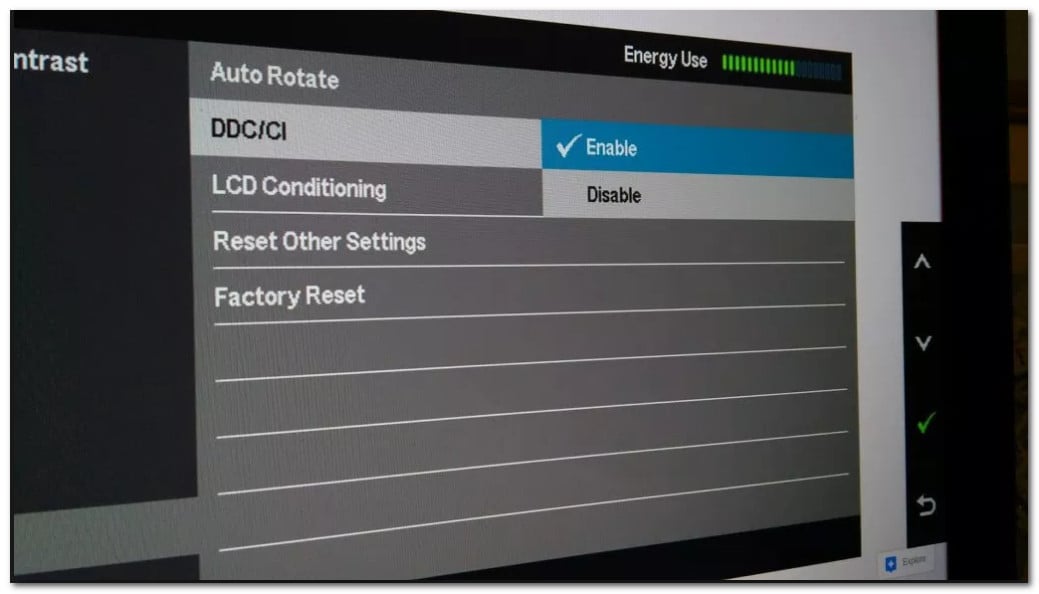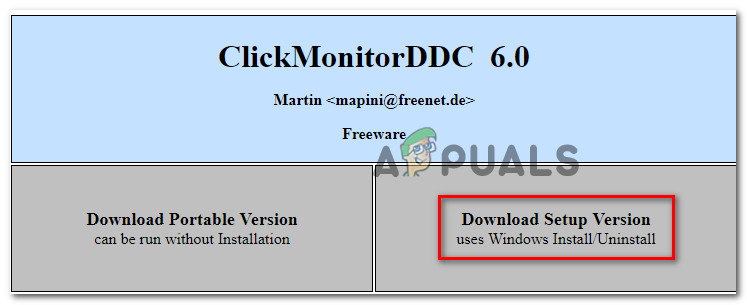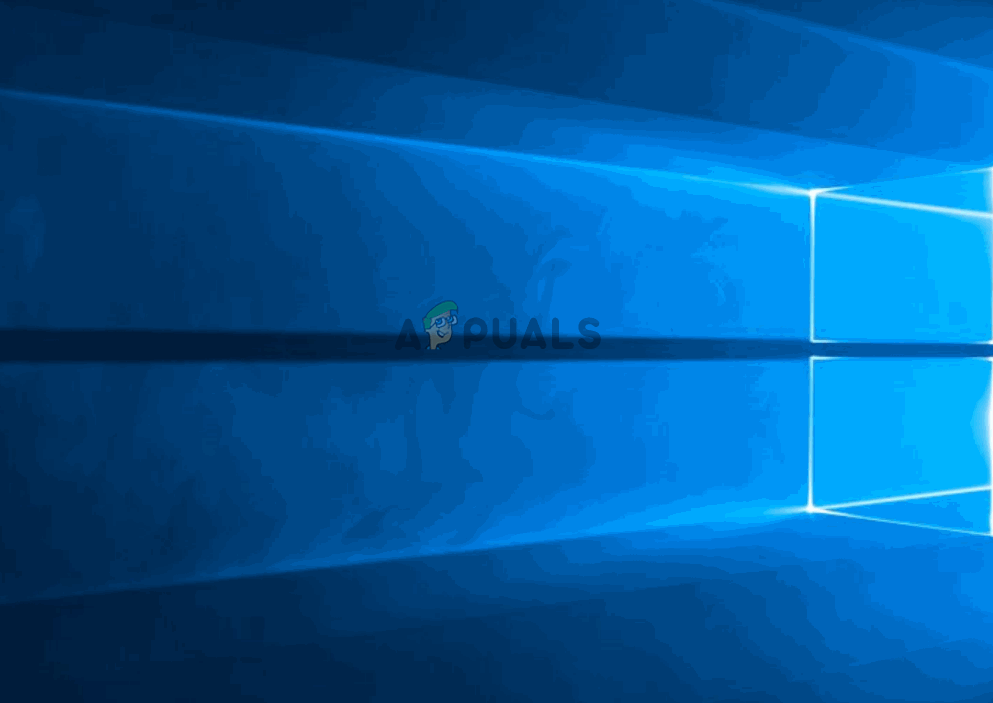What is DDC/CI and How to Use It?
Most monitors today support a handy feature known as DDC/CI; however, its purpose and use are not widely known. This lack of awareness is partly because many monitor manufacturers choose not to create proprietary software for it.

What is DDC/CI?
Display Data Channel (DDC) / Command Interface (CI) is a means of communication between a computer and a monitor. It encompasses a set of protocols that enable the transfer of display-related information from the display to the display adapter.
DDC/CI allows monitors to communicate their supported display modes to the computer. More importantly, it enables users to manage and modify monitor settings such as brightness, contrast, and color settings directly from their computer.
On a fundamental level, DDC/CI provides Plug & Play functionality for monitors. Considering many monitors have less-than-user-friendly interfaces, it’s clear why some users are seeking alternatives to the awkward buttons found on many monitor models.
The Command Interface (CI) allows the computer and the monitor to send and receive commands. Some DDC/CI-compatible monitors even support auto-pivot technology, where an internal rotation sensor maintains the correct display orientation, regardless of the monitor’s physical movement.
How to Use DDC/CI
To use DDC/CI, you must first verify that your monitor supports it. If your monitor was purchased within the last 3-4 years, it likely supports DDC/CI.
Some monitor brands have developed proprietary software that pairs with DDC/CI (such as Samsung’s MagicTune), but such software won’t be compatible with monitors from other companies.
For a universal solution that allows DDC/CI use with any monitor brand, we present you with an ideal option, particularly beneficial for multi-monitor setups from various manufacturers. With DDC/CI, you can manage all your monitors simultaneously.
ClickMonitorDDC is a portable freeware tool that lets you adjust the brightness and contrast of any DDC-compatible monitor using sliders. This software provides quick access to monitor controls at any time, via the notification icon in the Taskbar Tray.
Here’s a step-by-step guide on enabling, installing, and configuring DDC/CI using ClickMonitorDDC:
- Press the physical Settings button on your monitor and navigate through the menu to check if DDC/CI is enabled. If it’s not, make sure to turn it On. The procedure will vary among different manufacturers.

Enabling DDC/CI from your monitor’s settings Note: Most models enable DDC/CI by default, but it’s always good to confirm before proceeding.
- Click on this Download Setup Version link to download the latest version of ClickMonitorDDC.

Downloading ClickMonitorDDC Note: While portable versions are available, our tests show that the installation through Windows Installer is more reliable.
- After downloading, double-click the ClickMonitorDDC installer and accept the User Account Control (UAC) prompt by clicking Yes to grant administrative privileges.
Note: The installer may not be signed by a verified publisher, so you might need to select Show more details to proceed at the UAC prompt. - Complete the installation by following on-screen instructions without changing the default settings, and click Install.
- Launch ClickMonitorDDC.

Controlling two different displays with ClickMonitorDDC
Upon first use, ClickMonitorDDC automatically detects all connected monitors. Our testing on a dual-monitor setup (Asus + Acer) was successful. The interface displays connected monitors at the top, where each can be controlled individually.
In addition to changing brightness, contrast and built-in speaker volume, you can toggle input sources or power off monitors without physically interacting with them.
You can further customize ClickMonitorDDC settings to assign unique names to your monitors for quick access.
Note: Some monitors, particularly laptop displays, may not allow contrast adjustments.
If ClickMonitorDDC’s interface does not appeal to you, we’ve identified some free alternatives:
However, these programs may be manufacturer-specific or require technical knowledge for initial setup. For ease of use and quick setup, we recommend sticking with ClickMonitorDDC.





